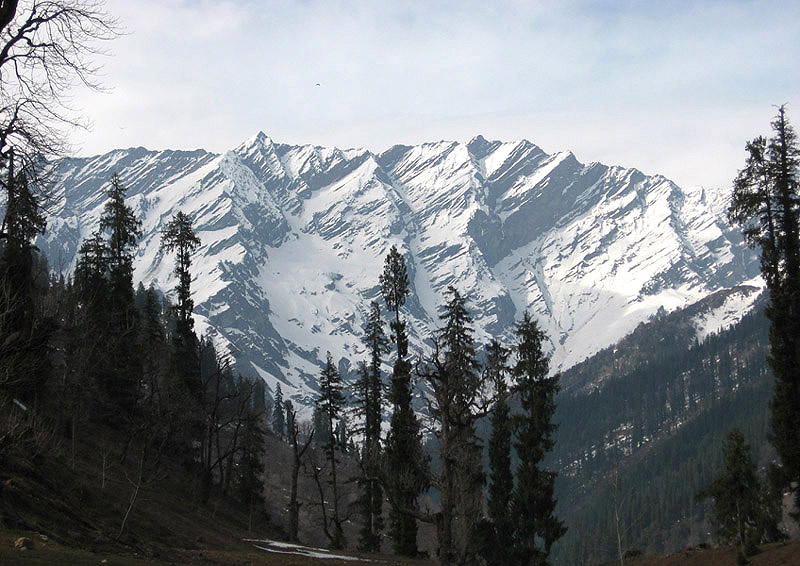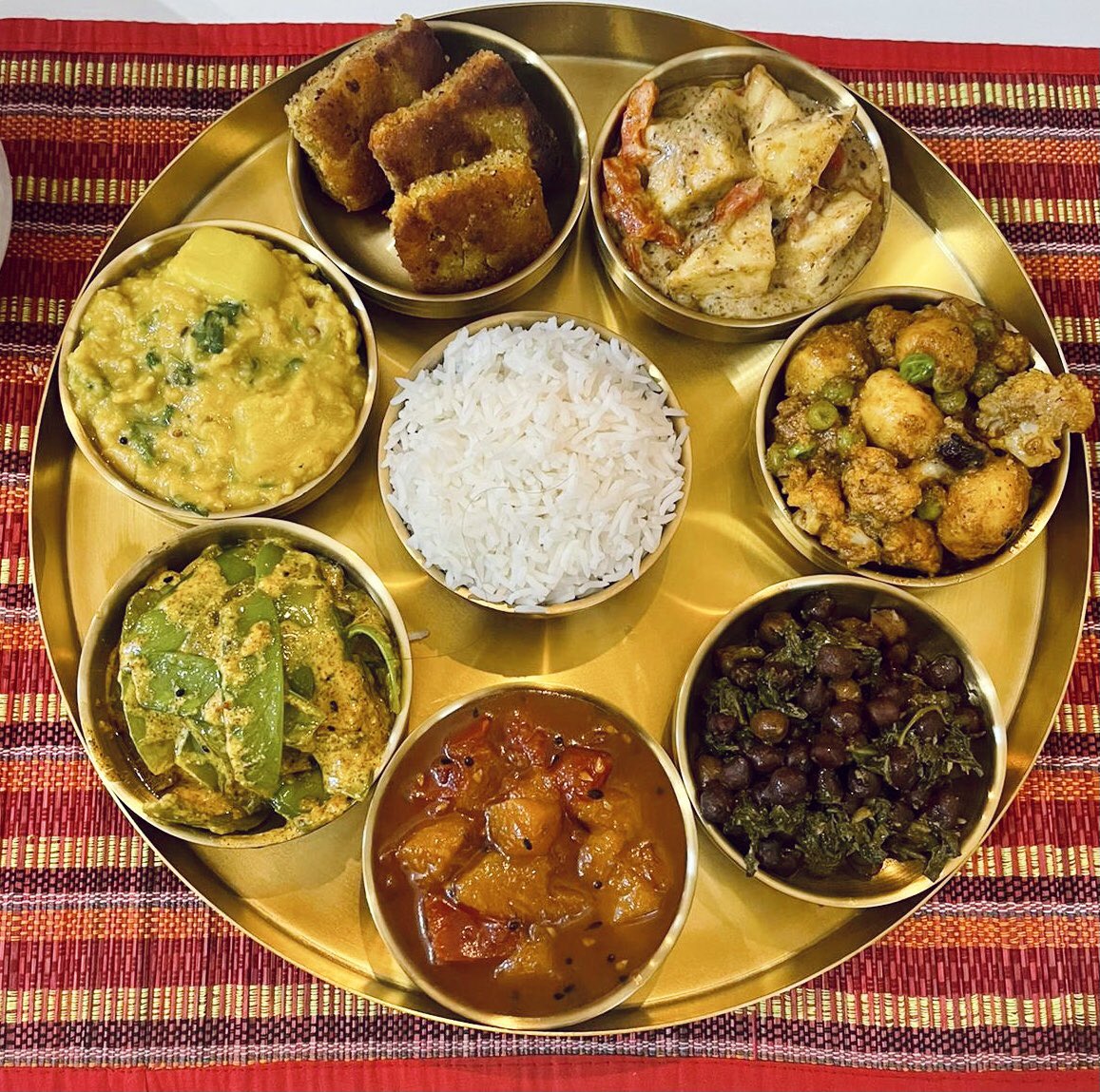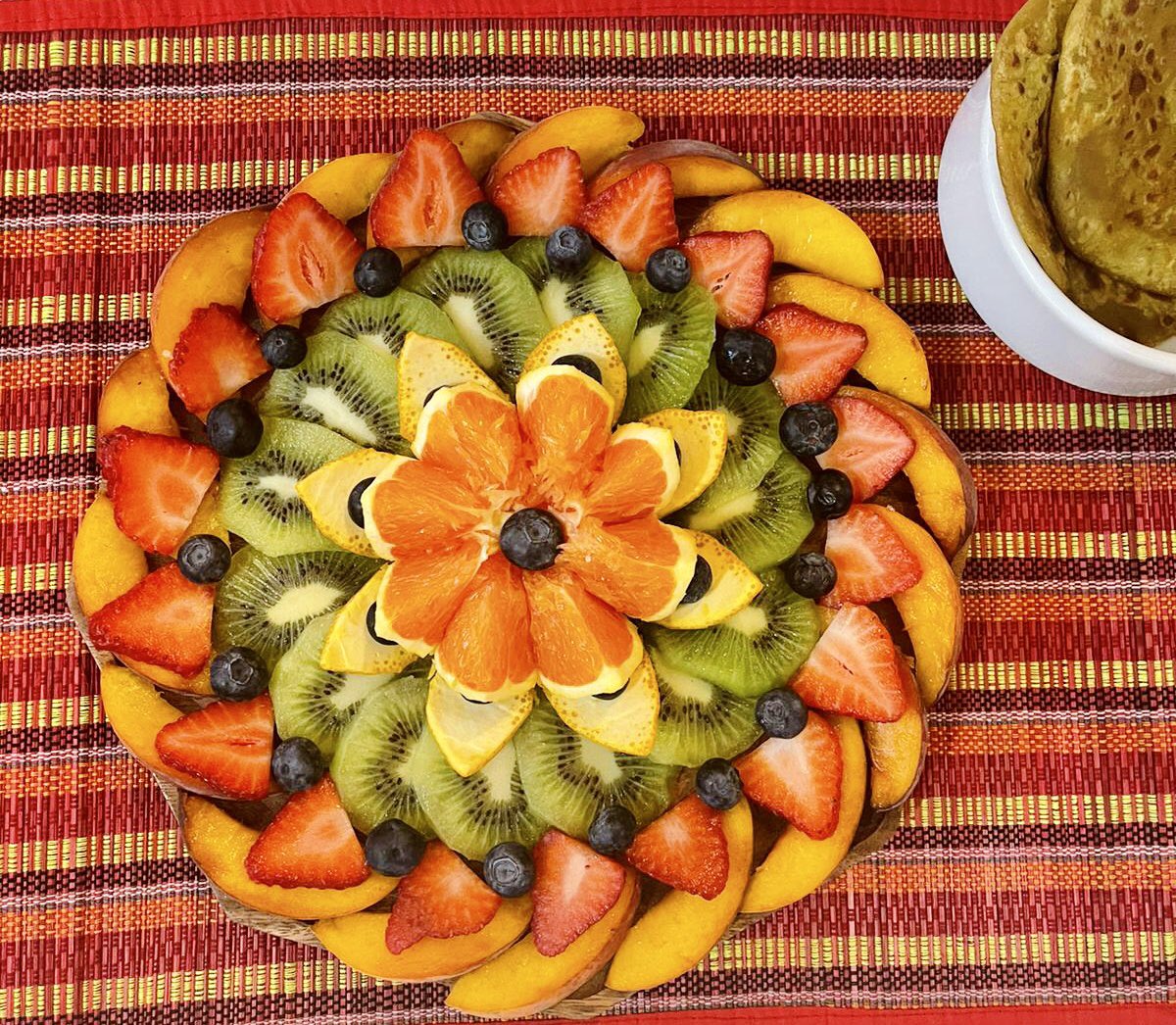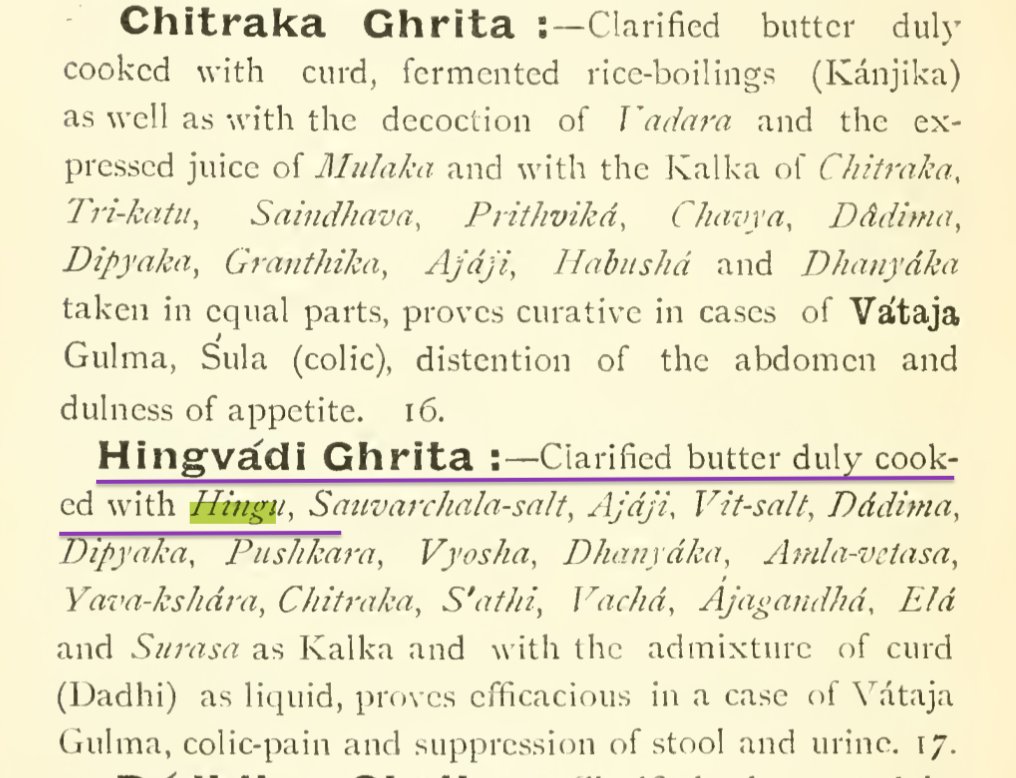
1.
Yesterday, Krishna Janmashtami Jhanki Yatra passed through the Lal Chowk in Kashmir after the abolition of Article 370. This heart warming event is a reminder that Shree Krishna's birth has always been celebrated in Kashmir with pomp & fervor.
Yesterday, Krishna Janmashtami Jhanki Yatra passed through the Lal Chowk in Kashmir after the abolition of Article 370. This heart warming event is a reminder that Shree Krishna's birth has always been celebrated in Kashmir with pomp & fervor.

2.
Krishna worship has been a part of Kashmiri tradition since the beginning of its history. The Mahabharata refers to Panchal Naresh, the father of Panchali (Draupadi). Panchal Naresh was king of the Pir Panchal belt which stretches from Kishtwar to Muzaffarabad in J&K.

Krishna worship has been a part of Kashmiri tradition since the beginning of its history. The Mahabharata refers to Panchal Naresh, the father of Panchali (Draupadi). Panchal Naresh was king of the Pir Panchal belt which stretches from Kishtwar to Muzaffarabad in J&K.


3.
The veneration of Shree Krishna in Kashmir dates back to ancient times. It is described in the pre -Mahabharata text Nilamata Purana which was describes legends & rites of worship by Rishi Nila to Kashmiris & mentions Kashmiri King Gonanda who was killed by Balarama.
The veneration of Shree Krishna in Kashmir dates back to ancient times. It is described in the pre -Mahabharata text Nilamata Purana which was describes legends & rites of worship by Rishi Nila to Kashmiris & mentions Kashmiri King Gonanda who was killed by Balarama.

4.
During the Mahabharata war, King Gonanda, went to help his relative, Jarasandha & besieged Mathura. Balarama killed him in battle. Gonanda's son Damodara, who succeeded him was determined to avenge his father's fate by taking revenge on the Yadus.

During the Mahabharata war, King Gonanda, went to help his relative, Jarasandha & besieged Mathura. Balarama killed him in battle. Gonanda's son Damodara, who succeeded him was determined to avenge his father's fate by taking revenge on the Yadus.


5.
Damodara got the chance to avenge his father when he learnt that Sri Krishna & the Yadus, were attending a Swayamvara near the Sindhu in Gandhara. When Damodara heard that the Yadus had arrived, he led an expedition against them, but the proud prince too was killed in battle

Damodara got the chance to avenge his father when he learnt that Sri Krishna & the Yadus, were attending a Swayamvara near the Sindhu in Gandhara. When Damodara heard that the Yadus had arrived, he led an expedition against them, but the proud prince too was killed in battle


6.
The benevolent Sri Krishna refused to incorporate Kashmir into his kingdom out of respect for its holy status as a manifestation of Devi Parvati. Instead, Krishna installed Damodara's pregnant widow, Rani Yashovati, on the throne as one of the first women rulers of the world.

The benevolent Sri Krishna refused to incorporate Kashmir into his kingdom out of respect for its holy status as a manifestation of Devi Parvati. Instead, Krishna installed Damodara's pregnant widow, Rani Yashovati, on the throne as one of the first women rulers of the world.


7.
Later, Abhinavgupta, (c. 975 CE) the great Shaivaite philosopher of Kashmir was the author of an expansive commentary on Bhagvad Geeta - the celestial song divine by Krishna himself. This speaks volumes about the fact that sectarianism hardly existed among Hindus in the past.
Later, Abhinavgupta, (c. 975 CE) the great Shaivaite philosopher of Kashmir was the author of an expansive commentary on Bhagvad Geeta - the celestial song divine by Krishna himself. This speaks volumes about the fact that sectarianism hardly existed among Hindus in the past.

8.
In 9th c. CE, the great Kashmiri king Avantivarman who created the magnificent Avantiswamin temple, had the Bhagvad Geeta recited for him on his deathbed. The great Sanskrit writer of Kashmir, Shree Kshemendra, sings praises of Krishna Avatar in his Dashavtar Charitram.

In 9th c. CE, the great Kashmiri king Avantivarman who created the magnificent Avantiswamin temple, had the Bhagvad Geeta recited for him on his deathbed. The great Sanskrit writer of Kashmir, Shree Kshemendra, sings praises of Krishna Avatar in his Dashavtar Charitram.


10.
Kashmiri tradition says Bhagvad Geeta is recited at home on Janmashtami. Images of Sri Krishna, Devaki and Yashoda, are worshipped. The festival is called “Zaram Satam”. Aarti is conducted at midnight & dishes of Ghour (water chestnuts) such as halwas & pakoras are offered

Kashmiri tradition says Bhagvad Geeta is recited at home on Janmashtami. Images of Sri Krishna, Devaki and Yashoda, are worshipped. The festival is called “Zaram Satam”. Aarti is conducted at midnight & dishes of Ghour (water chestnuts) such as halwas & pakoras are offered


11.
During the festival tableaus of Krishna's life are depicted in processions called “Jhanki Yatras”. The ladies sing & dance to cries of “Jai Jai Devaki Nandanay”. Ras Leelas & dramas are enacted in public performances to celebrate the event.
During the festival tableaus of Krishna's life are depicted in processions called “Jhanki Yatras”. The ladies sing & dance to cries of “Jai Jai Devaki Nandanay”. Ras Leelas & dramas are enacted in public performances to celebrate the event.

12.
An ancient tradition of going to Guptganga & Mughal garden Nishat Bagh to have a dip in the holy waters during Janamashtami still exists. A Hindu temple existed at this location earlier, which was desecrated by Mughal invaders & forcibly converted into a garden.

An ancient tradition of going to Guptganga & Mughal garden Nishat Bagh to have a dip in the holy waters during Janamashtami still exists. A Hindu temple existed at this location earlier, which was desecrated by Mughal invaders & forcibly converted into a garden.


13.
The destroyed temple which was established near Nishat Bagh & the famous Shalimar gardens were originally created by King Pravarsena (79 CE), who built a new capital named Pravarapura (current Srinagar). The temple was called "Pravaresha Mandir".

The destroyed temple which was established near Nishat Bagh & the famous Shalimar gardens were originally created by King Pravarsena (79 CE), who built a new capital named Pravarapura (current Srinagar). The temple was called "Pravaresha Mandir".


14.
The contemporary poets of Kashmir such as Parmananda, Krishna Razdan, famous Radhaswami saint of Wanpoh, Swami Gobind Jee and Harihar Kaul, author of Harihar Kalyan, have all paid homage to Krishna through their compositions
The contemporary poets of Kashmir such as Parmananda, Krishna Razdan, famous Radhaswami saint of Wanpoh, Swami Gobind Jee and Harihar Kaul, author of Harihar Kalyan, have all paid homage to Krishna through their compositions

15.
The ancient Hindu kingdom of Kashmir has a long and spectacular history of worshipping Shree Krishna. It is a matter of pride & vindication that Kashmiri Hindus bravely maintained this ancient tradition in the land of Rishi Kashyap, resisting deadly threats by Jihadis.
The ancient Hindu kingdom of Kashmir has a long and spectacular history of worshipping Shree Krishna. It is a matter of pride & vindication that Kashmiri Hindus bravely maintained this ancient tradition in the land of Rishi Kashyap, resisting deadly threats by Jihadis.
• • •
Missing some Tweet in this thread? You can try to
force a refresh





















